Content, content, content.
It seems like content is the only thing anyone can talk about these days.
You’ve probably read post after post about how “content is king” at least a dozen times.
However, despite your best efforts, you can’t seem to see what the content hype is all about.
You write blog posts.
You create videos.
You participate in social media.
And yet, crickets.
You’re creating content, but it’s not getting you very far.
Unfortunately, creating content isn’t enough to really market your business.
If no one is engaging with what you’re producing, you’re simply wasting time, energy, and resources to clutter an already overcrowded web.
But this doesn’t mean content marketing is ineffective.
In fact, 20% of business owners believe content marketing will have the largest impact on their business in 2018.
If you’re not getting results from the content you’re creating, it typically means you’re doing something wrong.
But with a projected 16% growth rate between 2017 and 2021, content marketing isn’t something you can just hope will pass by.
If you want to market your business successfully, you need to find your errors, shape up your content, and start getting conversions.
To help you improve your content marketing strategy, here are seven of the biggest mistakes you might be making – and what you can do to turn your results around.
1. You have no strategy
Are you posting whatever you want, whenever you want?
A lot of marketers do this.
In fact, only 37% of B2B marketers have a documented content marketing strategy.
This means the majority of marketers aren’t thinking strategically about the content they’re creating.
This makes it easy for your audience to ignore whatever you’re sharing.
A content marketing strategy helps you identify what you’d like to accomplish with your content, as well as how you’re going to use your content to achieve your larger business goals.
In other words, it forces you to put intention behind your content.
Moz describes content marketing strategy as the overlap between content marketing and content strategy.
At this intersection, you’re able to use the content you’ve created to bring your business plans to life.
If you’re operating without a content marketing strategy, this disconnect makes it difficult for your target audience to know what you want them to do.
However, when you create a plan, you’re putting a purpose behind your content.
Creating a content marketing plan doesn’t need to be difficult.
In fact, Content Marketing Institute outlines how you can create an effective plan in just one page by outlining your objectives, goals, metrics, and strategy.
Once this is done, you’re ready to move on to an editorial calendar.
Your editorial calendar should work hand-in-hand with the content marketing strategy you’ve created.
Here’s an example of an editorial calendar template from HubSpot.
This calendar breaks down exactly when you’re going to publish your blog post, as well as the title name, content details, and keywords you’re going to target.
It also shares which personas you’re trying to reach and what you’re going to offer them.
This kind of well thought out planning means each piece of content you upload fits within the content marketing plan you’ve established.
There are dozens of ways you can create an editorial calendar.
Quickbooks chooses to house their editorial calendar in Airtable – allowing one editor to manage over 4,000 pieces of content.
Others, like Buffer, turn to Trello.
Personally, I like Asana.
But the tool isn’t the point. The best tool is ultimately the one you can get everybody to use consistently.
2. You’re not publishing enough
When it comes to uploading content, quality beats quantity any day.
However, if you’re just posting once a month, you’re going to struggle to grab any real attention.
Consistency is key to building trust and credibility both with your audience and with search engines.
The idea is simple.
When you create more blogs, you’ll drive more traffic to your website.
With more traffic, you can prove to Google that you have content people want to read.
Once they understand you’re sharing valuable information, they’ll give your content a boost on their results pages – bringing in even more traffic and attention.
However, it’s easier said than done.
If you’re stuffing your website with low-quality information that your audience doesn’t care about, it doesn’t matter how frequently you post.
In fact, The Writing Cooperative found that blogging every day actually decreased their views compared to when they were posting just six times a month.
In March 2017, before their posting experiment, The Writing Cooperative was getting about 14,000 views each month.
But once they began blogging every day, views began to decrease.
The problem here is that they couldn’t continue to create high-quality content each and every day – and their readers noticed.
The key to getting attention through your content is finding the right balance between quality and quantity.
You also want to go beyond simple blog posts.
While blogging is a great way to bring traffic to your website, it doesn’t appeal to everyone.
Not everyone likes to read blog posts.
In fact, 53% of consumers said they’d like to see more videos in the future.
And with customers becoming more and more dependent on voice search and smart speakers, blogging isn’t always the most effective way to deliver content.
When you’re thinking about how often you should publish, you also want to consider what you’re publishing.
Videos can be a great way to grab attention, break down complex topics in a way that is easier for your audience to understand, or show off your products.
For example, Red Bull uses YouTube to show off the extreme sports, events, and competitions they sponsor.
With over seven million subscribers to their channel, Red Bull has one of the most popular YouTube pages out there.
Infographics are another way you can make your content more interesting for your audience, especially if you’re showing off large amounts of data or research.
In fact, over 41% of marketers said that infographics were the most engaging forms of visual content for their audience.
This ranked even higher than videos.
Infographics are insanely popular because they’re easy to skim and visual, making them ideal content for your always-busy customers and clients.
You can also expand your reach and get more attention to your content by producing podcasts.
Podcasts have been increasing in popularity over the past couple of years, with an estimated 67 million individuals listening to podcasts every month in 2017.
Repurposing written content into spoken can help you reach customers who don’t enjoy reading – expanding your audience to new individuals.
When trying to create different kinds of content, don’t be afraid to get creative.
However, you always want to think back to your target audience.
Focus on creating content that your audience will want to engage with.
3. You’re confusing content with sales pitches
Your content shouldn’t sell.
Sure, the whole purpose of marketing is to create interest in your business and drive sales.
But you can’t start out a relationship with a potential lead with a sales pitch.
Today’s customers don’t like being sold to.
That’s mainly because they don’t need to be sold to.
With the Internet at their fingertips, customers are more capable of discovering their options without ever needing to speak with a salesperson.
In fact, 60% of consumers won’t connect with a salesperson until they’ve already created a shortlist of potential purchases.
By the time they’re ready to buy, they already know more or less what they’re looking for.
This means you need to use your content to educate them – before you ever have the opportunity to connect.
Your content should be specially formatted to meet the unique needs of your buyer during every stage of their journey.
Let’s break down what that journey looks like.
First, your lead needs to become aware of your brand.
This means you need to be entertaining, engaging, or interesting enough to stand out from the piles of information already on the web.
You can do this in the form of videos, fun blog posts, educational webinars, and engaging social posts.
Take a look at this Instagram post from GoPro.
This high-quality image is attention-grabbing, causing followers to stop their scrolling and take notice.
However, it also shows off what the GoPro is capable of – increasing awareness about the brand and its products.
Next comes the consideration phase.
During consideration, your audience needs to better understand their problem, as well as their available solutions.
The content you might create for them could include product comparison videos or articles, case studies, or podcasts.
Here’s an example of a webinar from Instapage that would attract customers in the consideration phase.
During this webinar, participants learn more about how Instapage and Marketo can help lower their cost of customer acquisition, helping them determine if it’s the right solution for them.
This then brings the lead to the next stage of the buyer’s journey – the decision phase.
At this time, your lead is ready to choose which product or service is right for them.
You can encourage their decision with testimonials, product reviews, and demonstration videos.
Codeacademy uses their Stories page to share how past participants have used their skills to change their lives or careers.
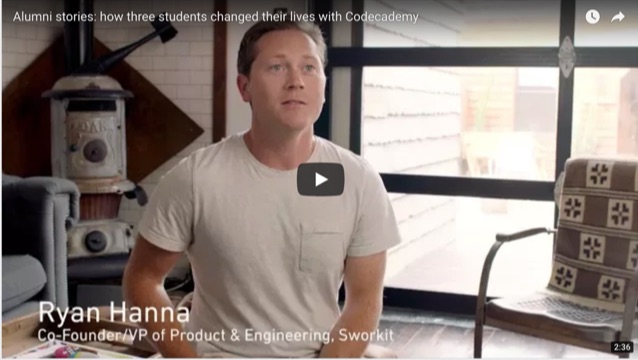
These stories function the same as testimonials, allowing potential customers on the fence about purchasing to see how the decision influenced other customers’ lives.
Raphael Paulin-Daigle of SplitBase.io tells ConversionXL, “A type of social proof that works over and over again is testimonials. Whether it’s in video or written form, they’ve helped increase the conversion rate of the clients’ landing pages in every case.”
If your customer decides to buy, they’ve finally reached the delight phase of the buyer’s journey.
Here, they’ve already purchased, but you want to use your content to encourage them to buy again.
You can do this with newsletters, training webinars, or customer satisfaction surveys.
The Hubspot Academy is an example of content that reaches customers who have entered the delight phase of the buyer’s journey.
By offering training and certifications, Hubspot stays in touch with customers while providing content that can improve their experience as a customer.
Notice how none of these content forms include a sales pitch.
Instead, during each step of the way, the focus is on the customer and helping them find the right solution to their problem.
When your audience feels like you’re helping them, they’ll be more inclined to engage with your content.
4. You don’t know your audience
When you create a piece of content, do you know who you ultimately want to engage with it?
You’re probably thinking “customers.”
Unfortunately, just trying to attract anyone with a credit card isn’t going to get you great results.
With the mass amounts of content and information on the Internet, customers can find content that speaks directly to them – no matter how niche that might be.
To get attention, you need to find your audience and create content just for them.
When you focus your content, you might be narrowing down your audience pool, but you’re making deeper connections.
This can help you see real growth from your content.
Let’s take a look at how Modernweb used a hyper-targeted content strategy to bring in 10,000 visitors in just three weeks.
They started with defining their “who.”
And they got specific.
They came to the conclusion that they would be writing for “technology executives inside of enterprise companies.”
While they had clients who owned startups and small businesses, they weren’t their ideal client. So, they weren’t an area of focus.
Next, they dove into understanding the day-to-day pain points that those individuals experience.
Finally, based on the audience and pain points they established, they created a content plan that addressed those needs.
In this case, Modernweb decided they’d focus on sharing stories from enterprise businesses who had recently switched from older to newer frameworks.
They identified their audience, understood what they were struggling with, then presented them with content that explained how similar individuals handled the same problem.
In just three weeks, their web traffic saw a major jump.
Just from getting to know their audience, they were able to bring more unique visitors to their website and keep them engaged for an average of 9 minutes.
There are a few different ways you can begin to replicate Modernweb’s results.
First, create a buyer persona.
A buyer persona walks you through who your ideal client is.
Here’s an example from ClearVoice.
It breaks down exactly who they are, what problems they experience, and what kinds of solutions they might be looking for.
You can go deeper into your buyer persona to explain things like what they do each day, what kind of education level they have, or what they might do in their spare time.
The more detailed you can get with your buyer persona, the more targeted you can make your content.
If you have a wide range of products or services, you may also want to create multiple personas.
For example, here’s another example from ClearVoice.
While both John and Sandy have similar needs, they have different goals and challenges – meaning they’ll need to be targeted differently.
This can ensure that each of your audience members is well represented.
Next, pay attention to what they’re doing on social.
Monitoring your customer’s social activity can give you insights into the problems they’re facing, the solutions they may want, and what questions they may have.
You can then use this information to refine your content and guarantee you’re creating something they care about.
Check out the questions they’re asking on traditional platforms like Facebook or Twitter, but also dive into question sites or forums like Quora and Reddit.
For example, if you’re a personal finance firm looking for content ideas, the Personal Finance Reddit page can be a goldmine.
Users are constantly jumping on to ask questions about paying off debt, how to properly invest, or get advice on what to do in credit scams.
Knowing the real-life struggles your audience is facing can help you adjust and refine your content strategy to truly fit their needs.
Both of these pages can give you a great jumping off point for creating new content.
Finally, participate in conversations with your audience.
Get involved in Twitter Chats or Facebook Groups where your audience is hanging out.
Check out how RivalIQ gets involved in a conversation with a participant during the #BufferChat.
Not only does this allow them to make a great impression, but it also gives them some insight into what potential customers may be struggling with.
As you become familiar with the conversations they’re engaging with, you can refine your messaging and topics to better suit their needs and preferences.
5. Your voice isn’t genuine
Customers want to purchase from companies they believe they can trust.
In fact, the top quality that customers look for in a brand is honesty, followed by friendliness and helpfulness.
However, if it seems like you’re just putting on a persona for sales, they’re going to be hesitant to connect.
When creating your brand voice, it needs to connect who your brand is with who your audience thinks your brand should be.
Let’s consider this graph for a second.
Snarkiness is the last thing that customers what when it comes to brands on social media.
However, when we look at brands like Wendy’s and MoonPie, their attitude gets them hundreds of thousands of engagements.
So, what’s going on here?
Both Wendy’s and MoonPie have made it their brand persona to be snarky, witty, and sarcastic on social.
It’s who they are – and that’s why it works.
They’re not pretending to have an attitude just for attention.
It’s a unique indicator of their content, allowing them to create a reputation that makes customers want to connect.
Check out this quote from Juntae Delane, Founder of Digital Branding Institute.
According to Juntae, a brand’s voice needs to go beyond simple industry jargon and bland business tones.
Instead, it needs to match with the customer’s needs and provide a human element to the brand.
You can build your brand voice off the buyer persona you’ve created.
Based on your buyer persona, get familiar with the kind of language, tone, or colloquialisms your audience may be using.
Check out how they speak on their own social media platforms.
Then, take a look at the competitors or other brands they’re engaging with.
Once you’re familiar with the way they communicate, create a storyboard for your voice.
Think of your brand as a unique individual.
Outline what your brand likes, what they don’t like, how they perceive themselves, and how they want to be perceived by others.
You’ll also want to dig deeper to consider larger ideas that might not have any direct influence on your brand.
Today’s customers are expecting brands to be more than just a business.
For example, 65% of consumers believe it’s important for brands to take a stand on social or political issues.
Take a look at the conversation created around Fox News anchor Laura Ingraham criticized Parkland school shooting survivor and gun control advocate, David Hogg, for getting rejected from four colleges.
David responded by calling out all of Ingraham’s advertisers, asking them to pull their support of the show.
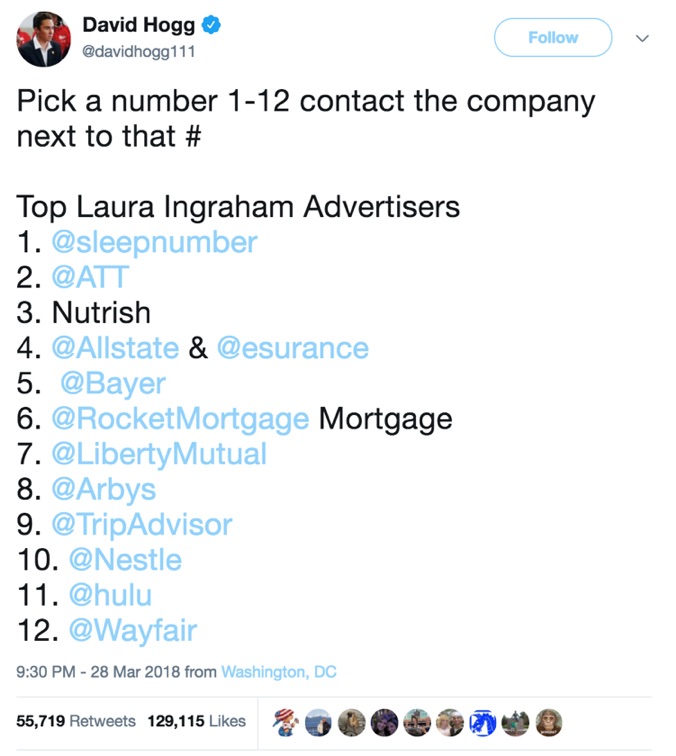
Within a few days, companies like Hulu, Bayer, and Nutrish had announced they’d be pulling the ads from Ingraham’s program.
After a few weeks, the program had lost 24 advertisers.
However, not all advertisers chose to separate.
Mike Lindell, founder of the MyPillow, announced he would be leaving his advertisements on the program.
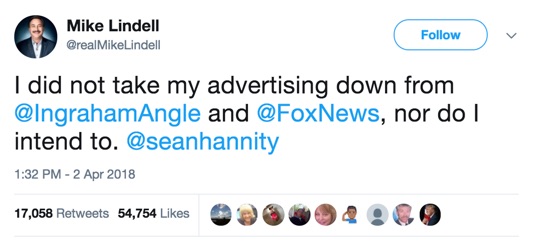
By becoming a part of important conversations and debates, brands can refine their voice and make their opinions and beliefs more well known.
While it’s impossible to prepare for every kind of hurdle or backlash your brand may experience, knowing where your brand falls in these situations can help you create consistent messaging through your content.
6. You’re not promoting
Remember when Beyonce released a surprise album without any marketing?
In three days, she sold almost 830,000 albums.
It was impressive.
However, if you’re trying to use this tactic to promote your content, you’re in for a rude awakening.
Unfortunately, you’re not Beyonce.
And that means you need to promote.
Proper content promotion is really the key to getting attention to your content.
If you’re simply posting links to your latest blog post on your Twitter account, you’re probably going to get ignored.
Take a look at this Tweet from user Vic Maine.
It’s just a link, featuring no context, hashtags, or other interesting information that might entice the reader to engage.
So, it’s not really surprising to see it hasn’t started any conversations or gotten any traction.
However, you can refine your promotion strategy to include email marketing, social, forums, and influencer marketing to improve your results.
First, let’s take a look at social.
Companies have been promoting their content on social for years.
However, the way you should promote and where you should promote is always changing.
Just one shift to the network’s algorithm or design (or even a negative post from an influencer) and your entire promotion strategy might be turned upside down.
Take a look at Facebook, for example.
After changing their algorithm, many brands reported a drop in organic reach.
However, you can work around this algorithm shift by either paying to promote your content or creating content that your audience wants to engage with.
Check out this breakdown Buffer created of important signals that can influence your ranking on Facebook.
As you can see, some of the most important factors of what gets ranked depends on how users are interacting with the post.
This means you want to focus more on creating content that individuals want to engage with, rather than strictly shock-value content.
You should also make your content easy for your readers or viewers to share your content on their own.
Within blog posts, including “Click to Tweet” bars or share buttons can help encourage visitors to share the content with their friends or family – helping to improve your reach.
Content Marketing Institute frequently uses Click to Tweet bars to make it easier for their readers to share their content.
You can also use more targeted marketing approaches to help reach your audience, such as email marketing.
When you properly segment your email lists, you can share your content with individuals you already know are interested in what you’re sharing.
Take a look at the results MailChimp found for campaigns segmented by interest groups.
By sending specific content to your audience members based on their interests, you can dramatically improve your campaign results.
7. Your content isn’t properly optimized
Promoting your content is just one side of the coin.
To truly bring attention to what you produce, you want your audience to be able to find what you’re creating.
This means it needs to be properly optimized.
Each piece of content should comply with your greater SEO strategy.
This means going beyond just creating content that your audience wants to read or engage with.
Keywords should be factored into each piece of content you create.
By finding words or phrases that your audience is actually searching online, you can increase your chances of them finding you.
The Keyword Planner from AdWords is one way you can find new keyword opportunities.
You want to find keywords that are high in average monthly searches but low in competition.
Don’t simply guess at what you think your audience wants.
You also want to make sure your content is properly formatted.
Your titles and heading should be strong and capable of standing on their own.
According to CopyBlogger, 8 in 10 individuals will read a headline – but only 2 in 10 will read the rest.
This means you need to create headlines that your audience can’t resist.
The CoSchedule Headline Analyzer is one tool you can use to improve your headlines.
The tool analyzes your word balance to give you an overall score out of 100.
It also provides you with insights on length, sentiment, and even guesses which keywords it believes you’re targeting.
This can help you test the strength of your headlines before you post, saving you trouble and guaranteeing higher results.
But blog content isn’t the only thing you need to optimize.
You also want to make sure your videos, infographics, and images are optimized appropriately.
To optimize your videos on YouTube, start with an optimized title that describes the video and includes the keyword you’re trying to rank for.
This isn’t too much different than writing blog titles.
However, you also want to tag your videos appropriately and write a full description.
Your video description lets the YouTube algorithm know what your video is about.
Check out this description from a DottoTech video.
He provides a clear overview of what will be featured in the video, as well as some links to the apps he’s going to talk about.
This can help improve his connection to those pages and gives him the opportunity to further target his keywords.
Images are another area you’ll want to ensure are properly optimized.
First, make sure you’re using high-quality images that are the appropriate size for where they’re being placed.
This can help improve your page load time to keep visitors happy.
You can use a compressor tool to change the size of your image without hurting the quality.
You’ll also want to place the keyword you’re trying to target in the file name.
Because Google can’t actually see what your image is, it’s your responsibility to tell them.
Use captions, alt text, and title text to give Google a better understanding of the image you’re sharing.
Conclusion
In today’s digital age, you can’t afford to create content that is easily ignored.
However, it takes time to craft messaging that your audience will want to engage with.
Keep these seven tips in mind the next time you create content.
What tips or tricks have you found that improve your content-creation process?
About the Author: Neil Patel is the cofounder of Neil Patel Digital.
from The Kissmetrics Marketing Blog https://ift.tt/2rEslRi
from WordPress https://ift.tt/2IgeBGI

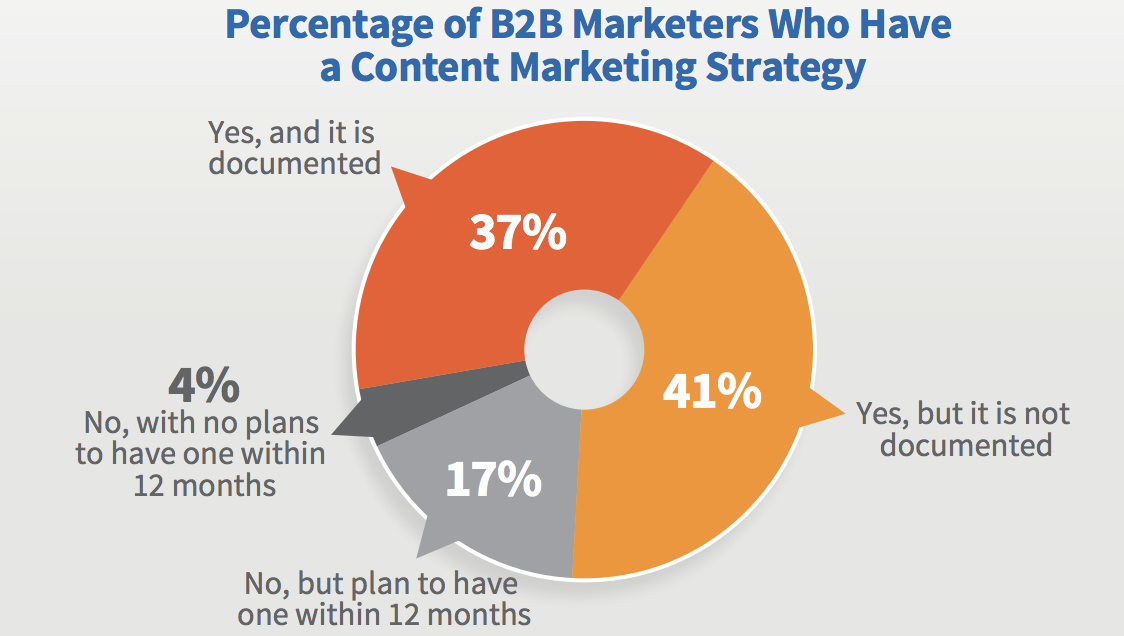
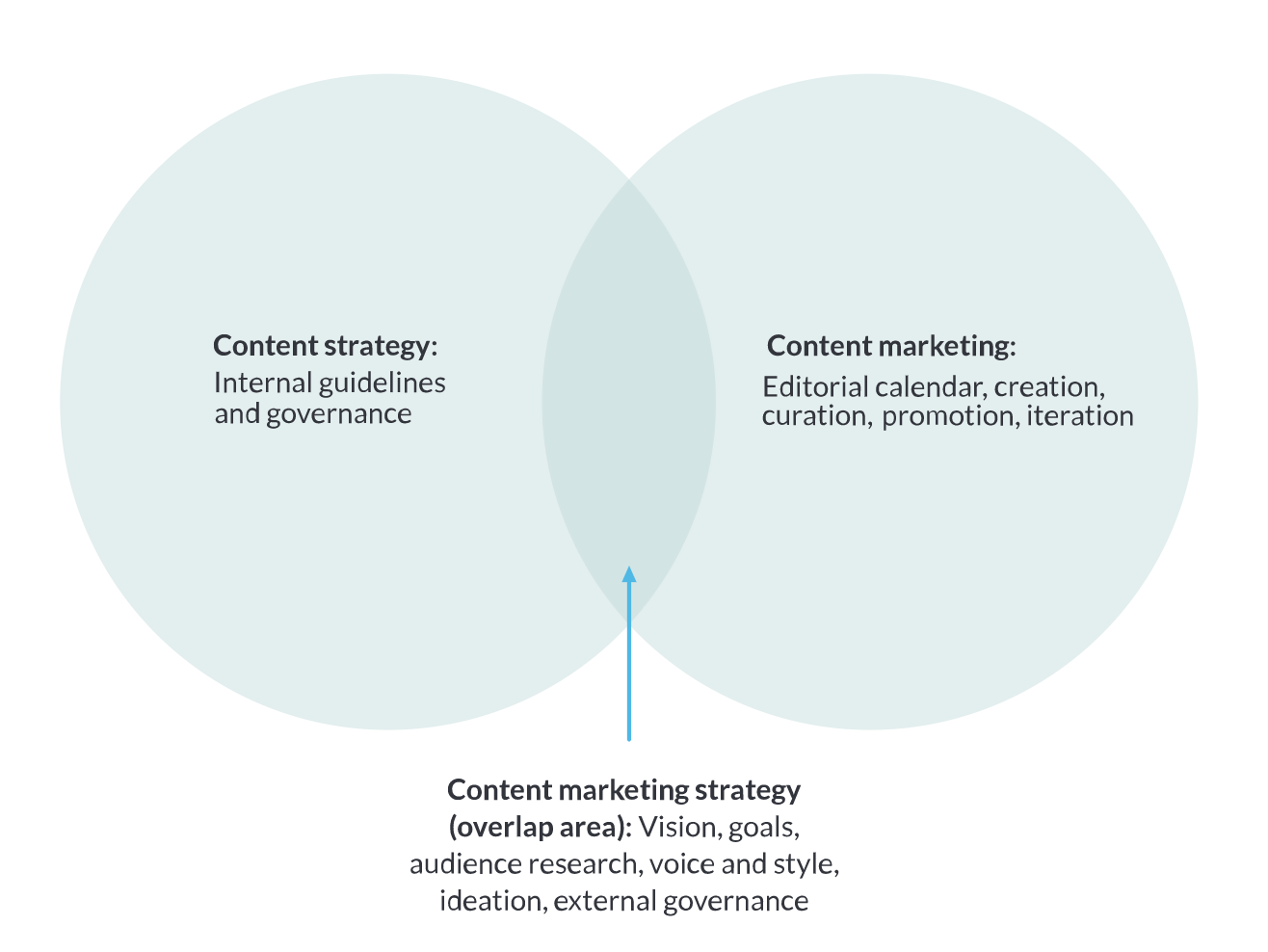
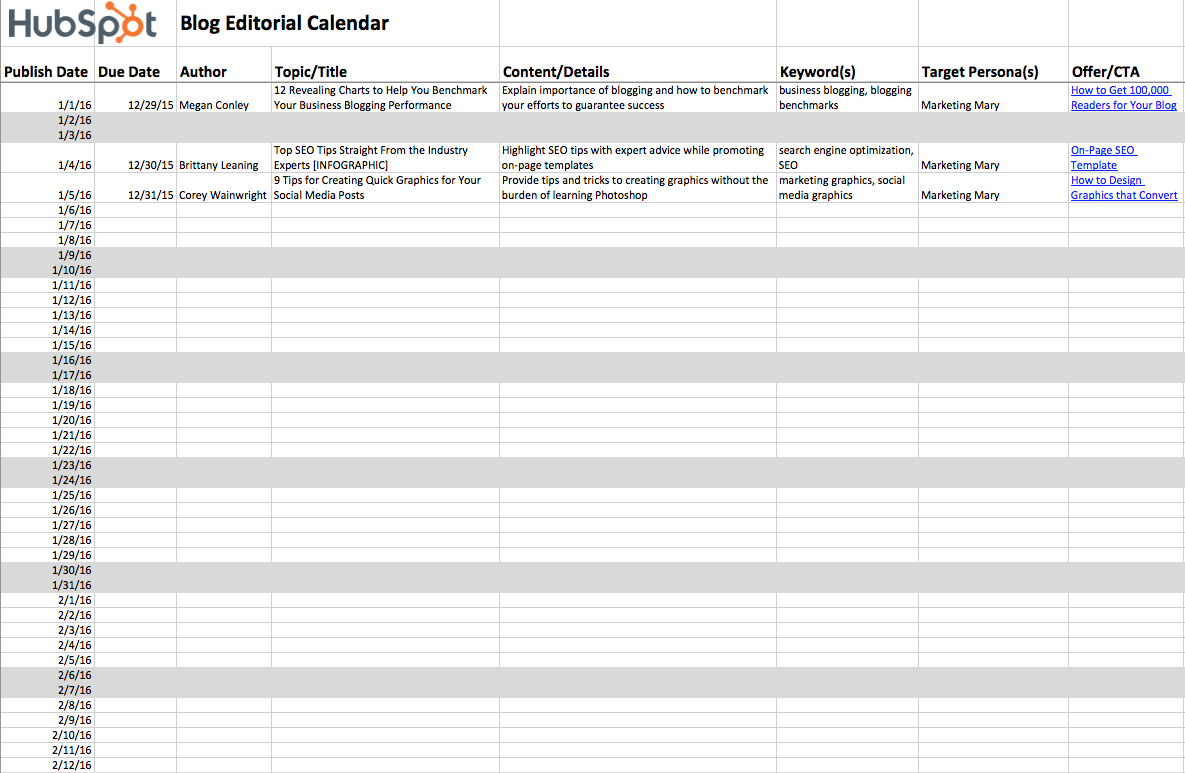
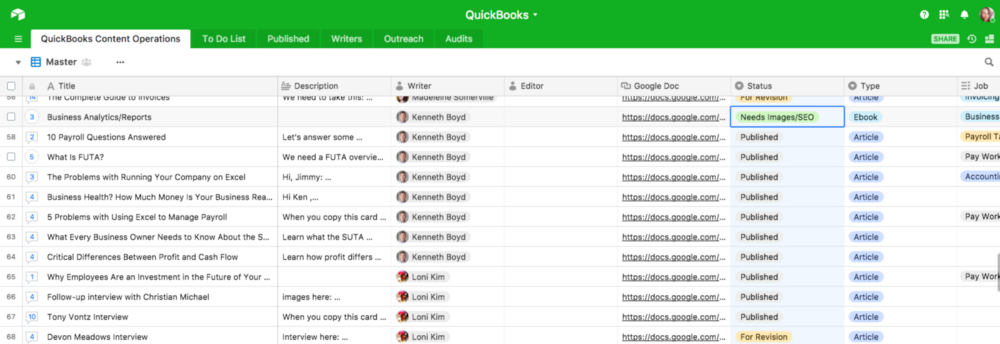
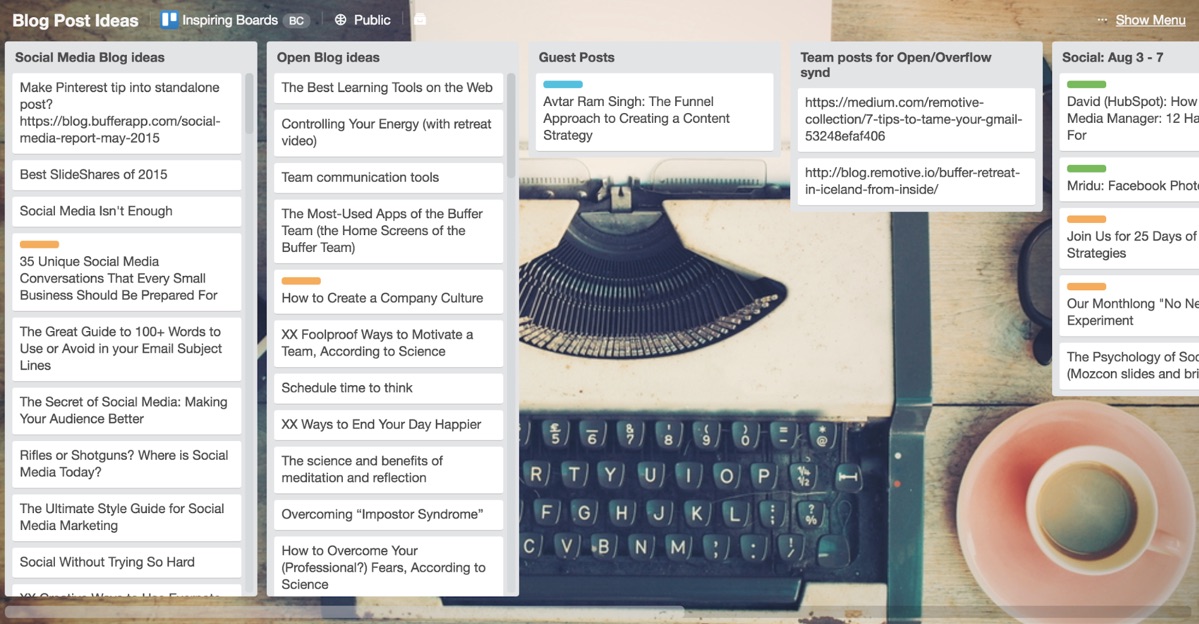
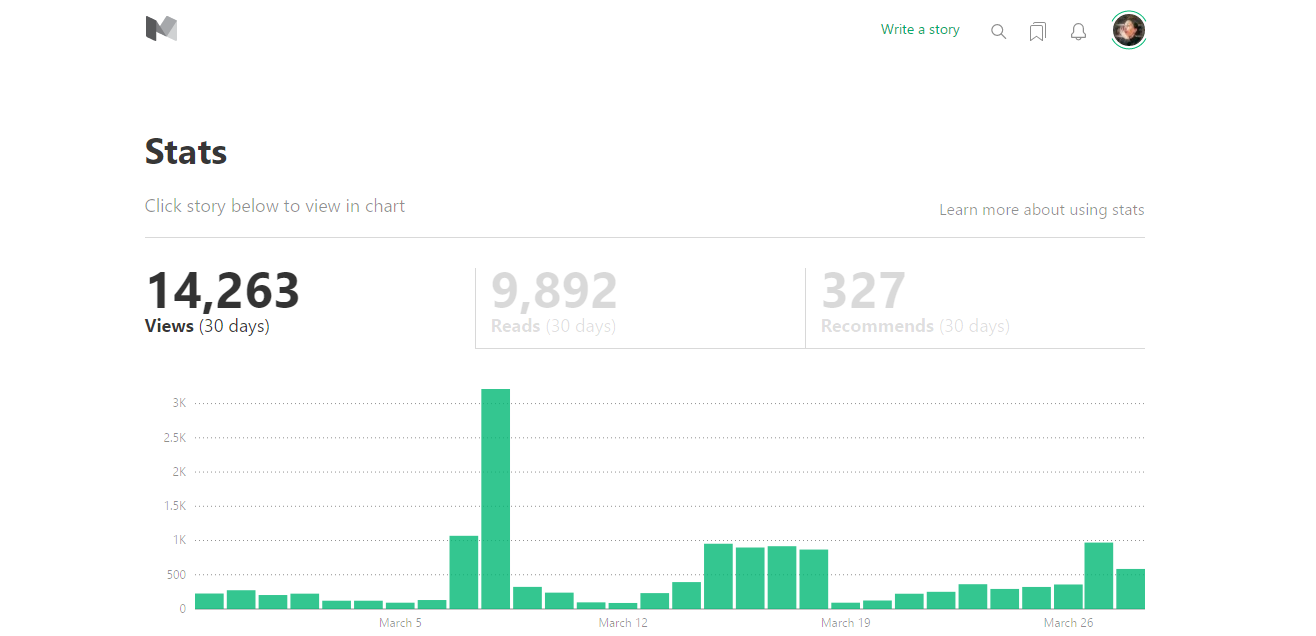
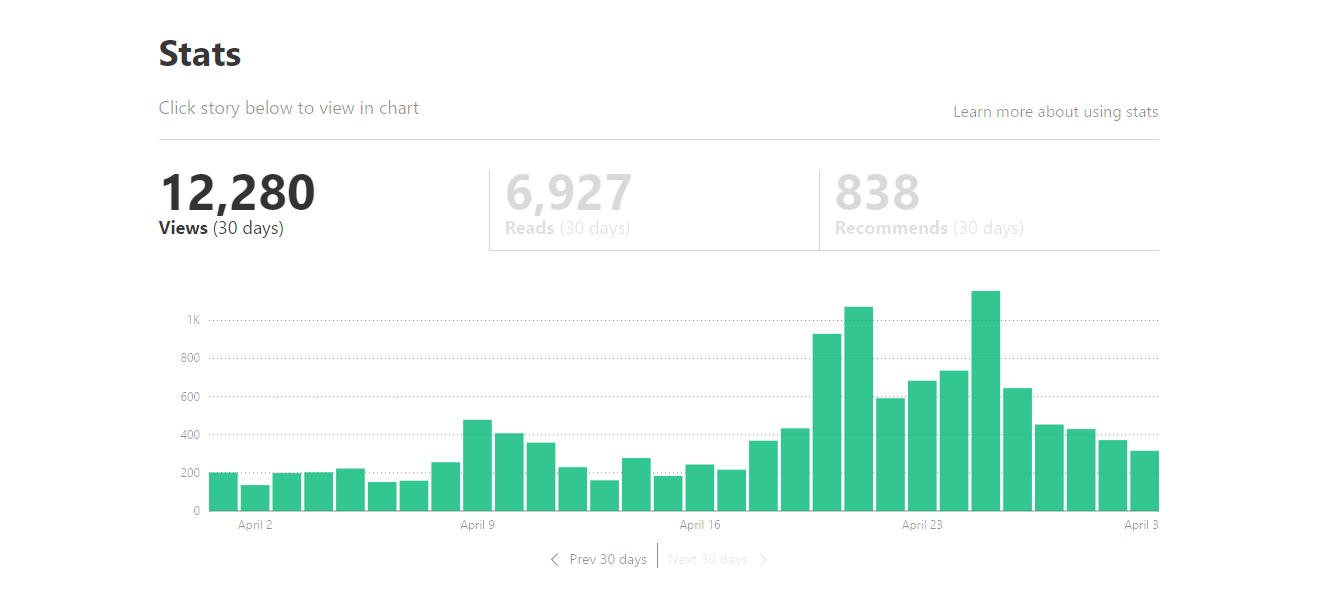
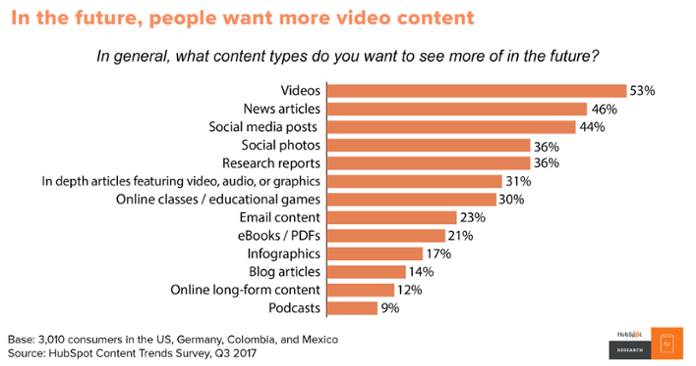

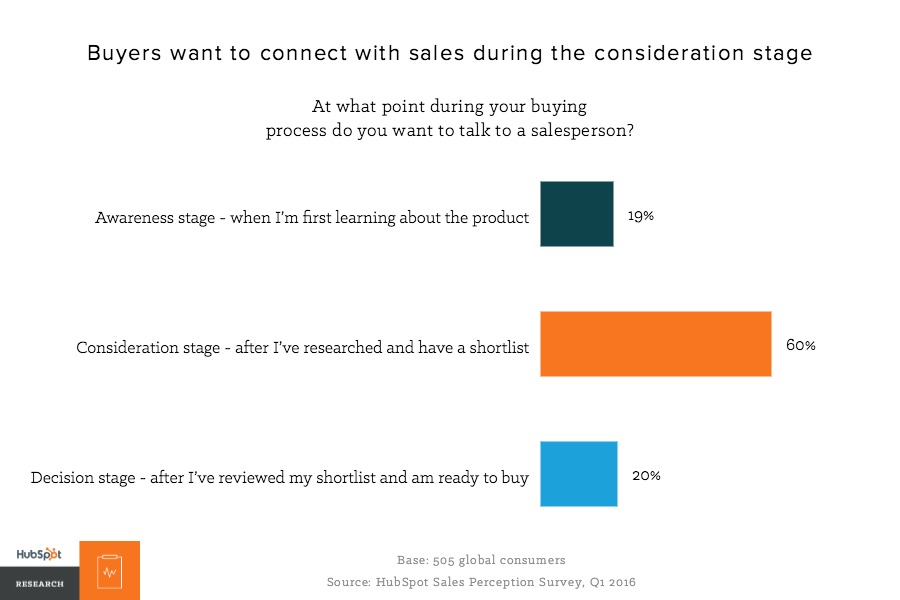
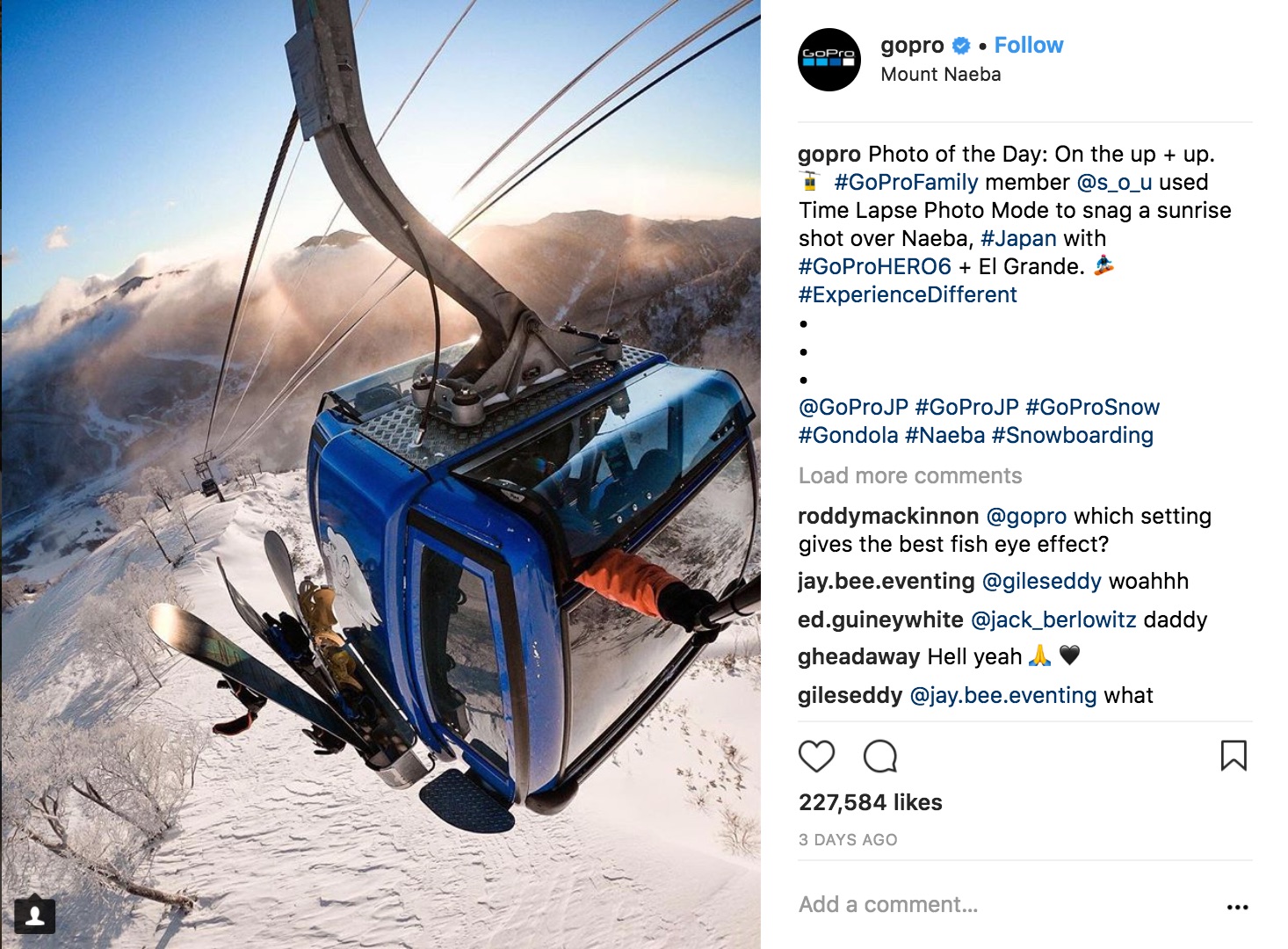


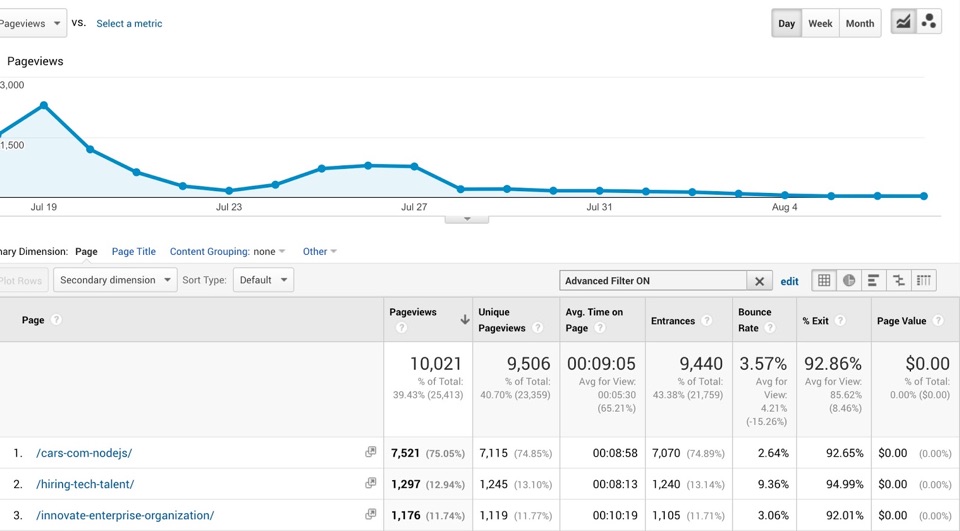
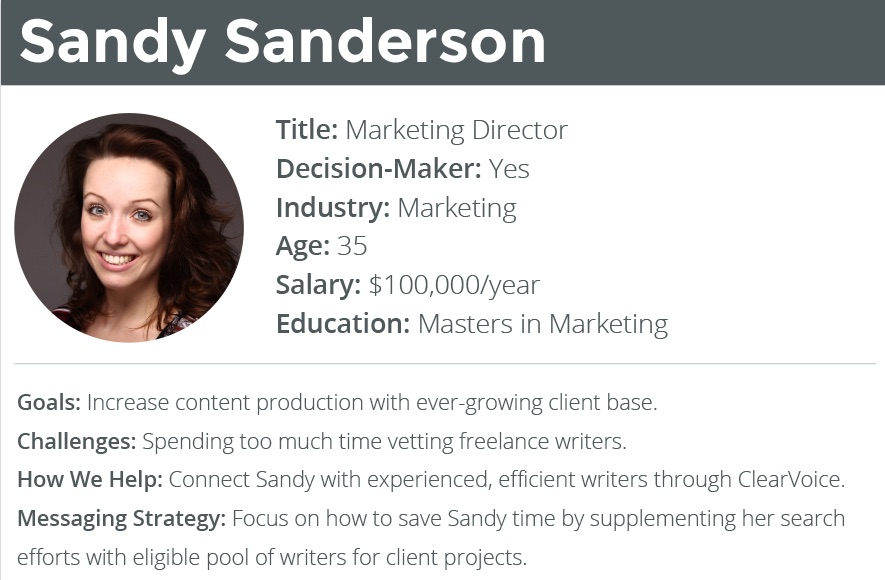


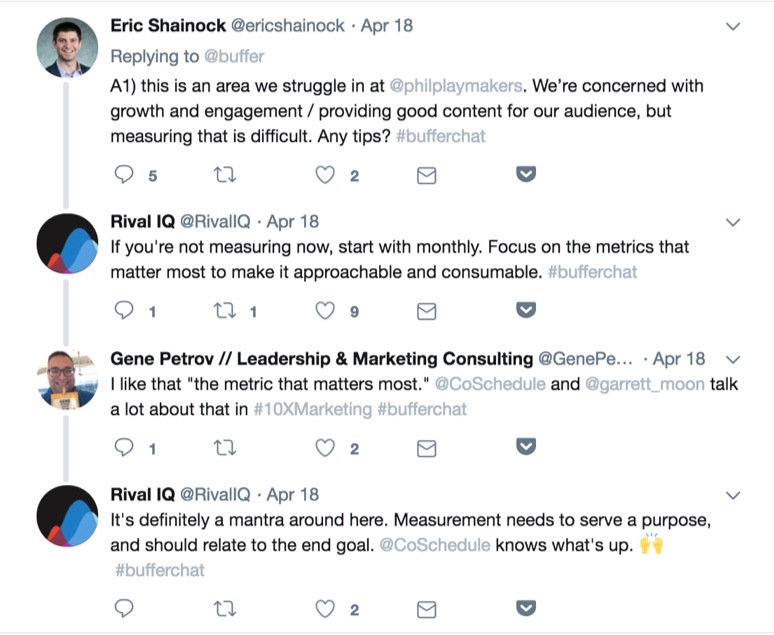
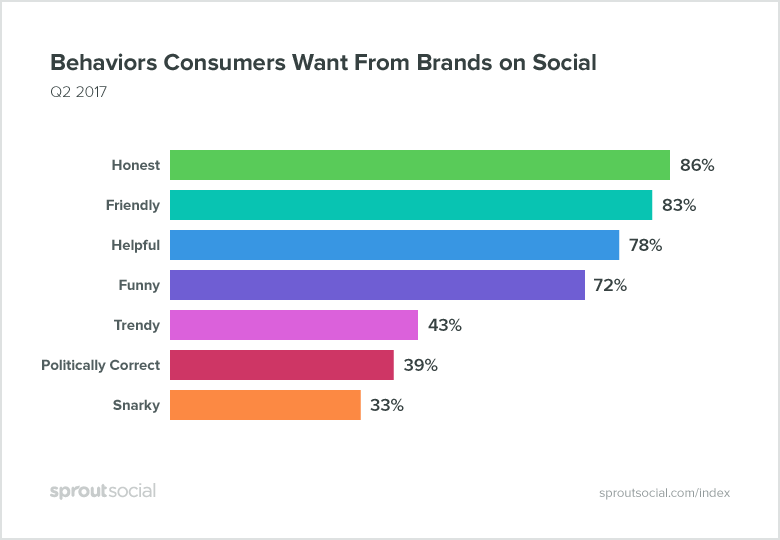
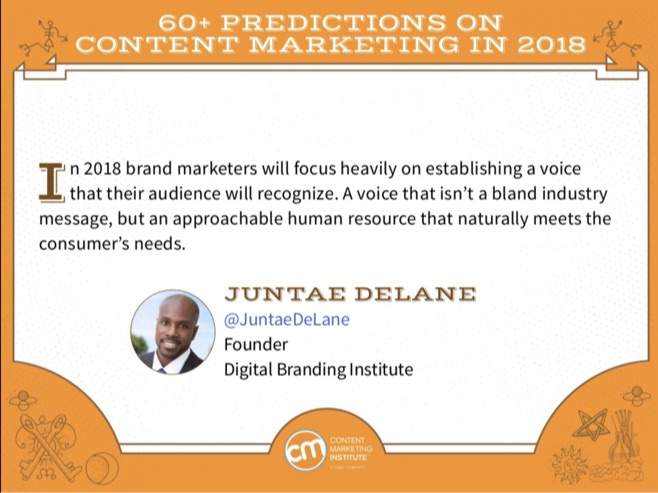
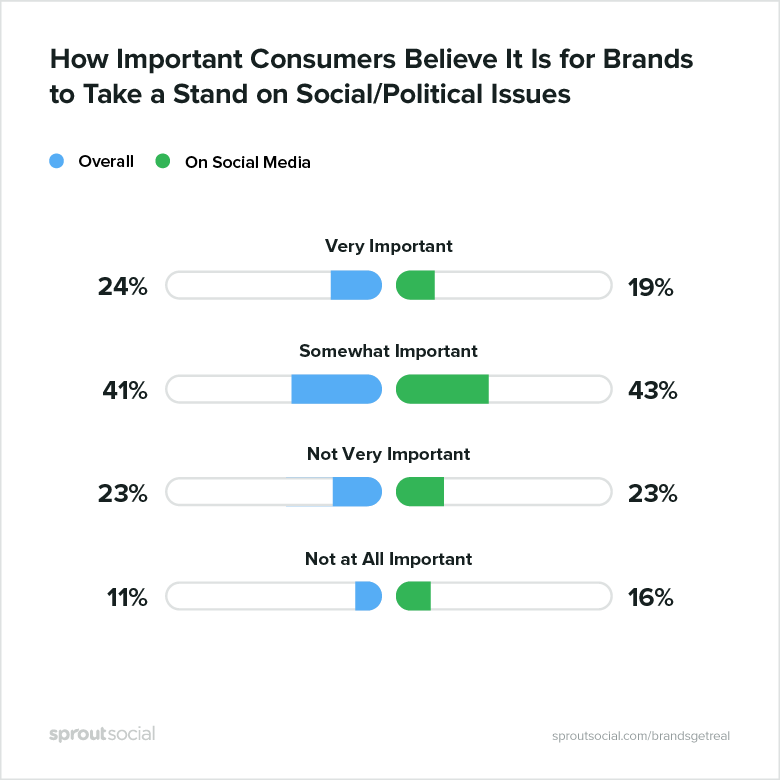

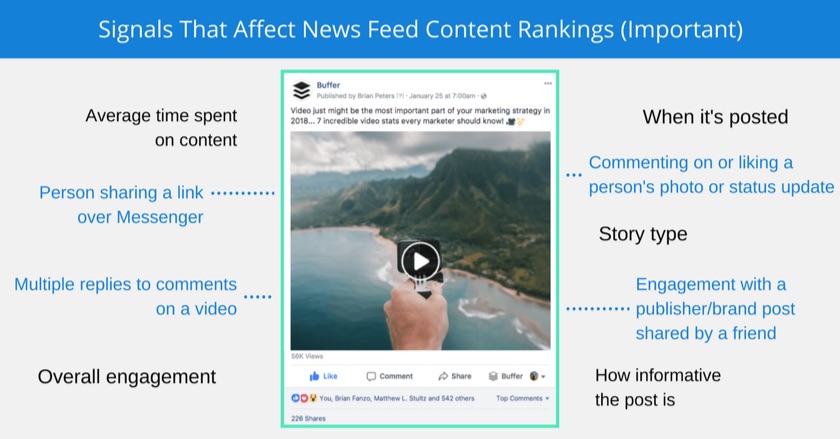

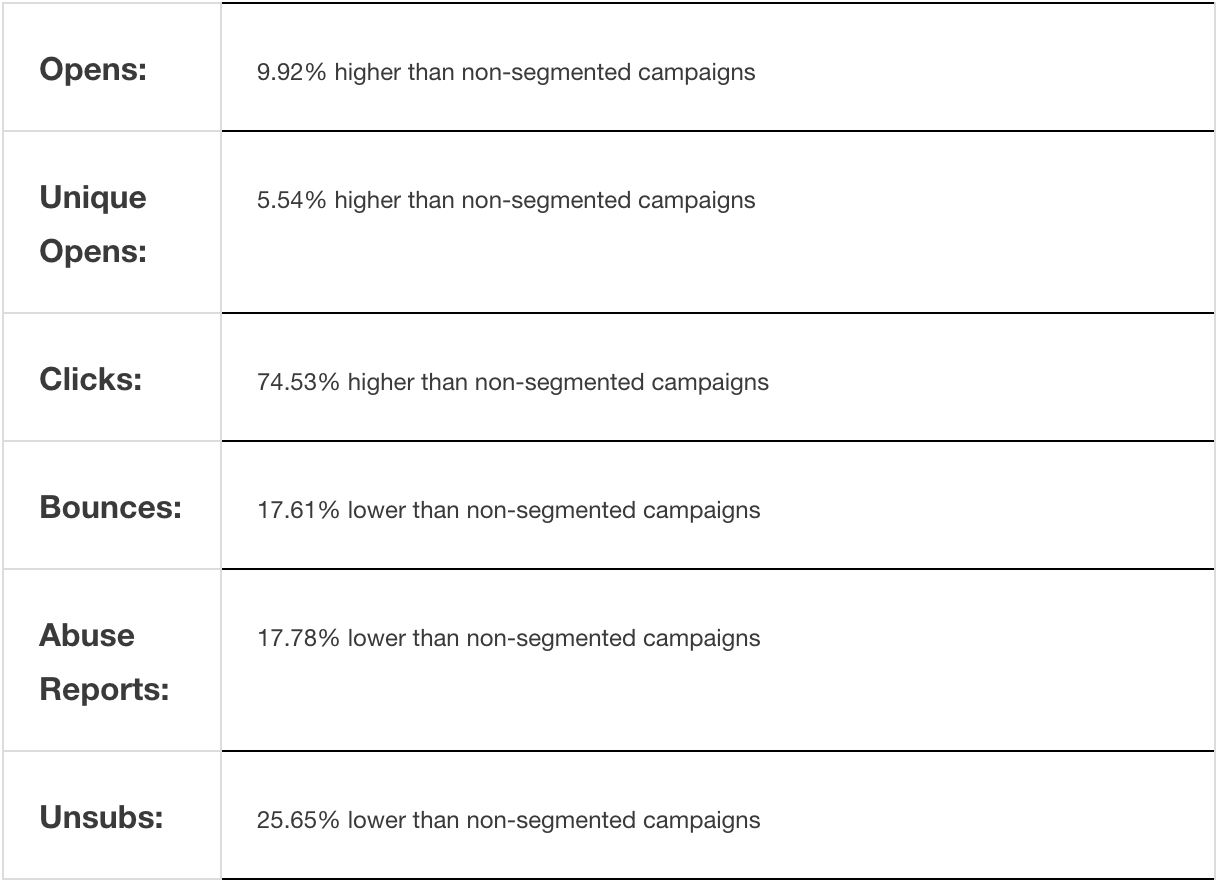

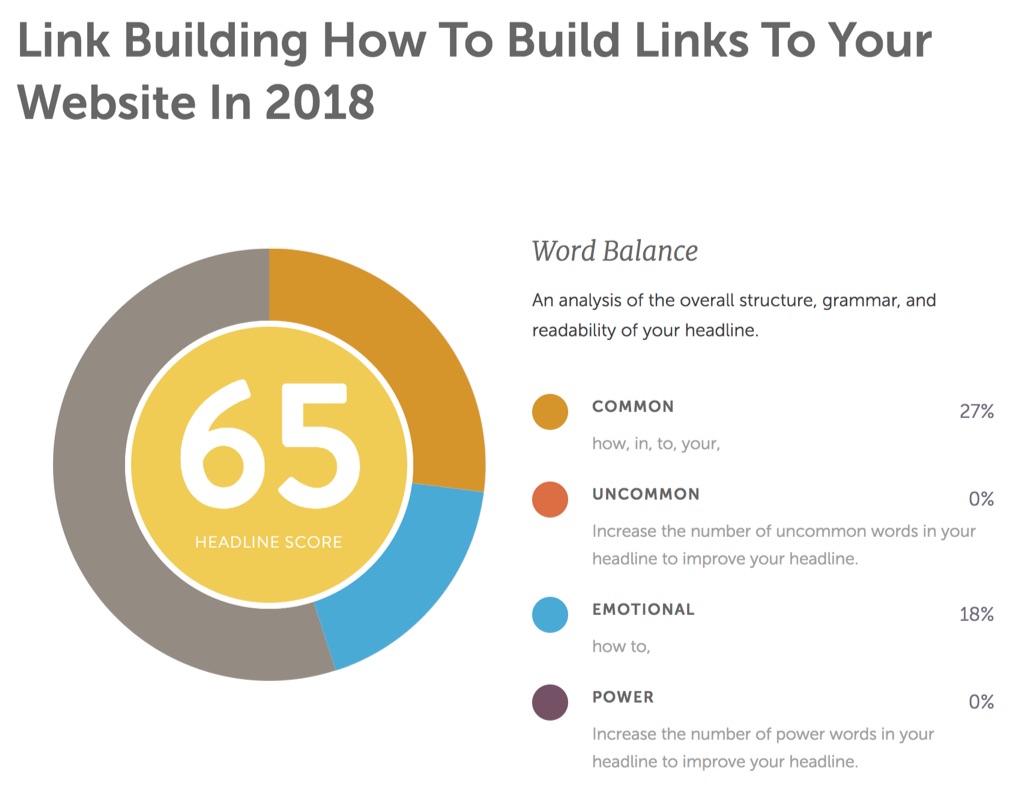

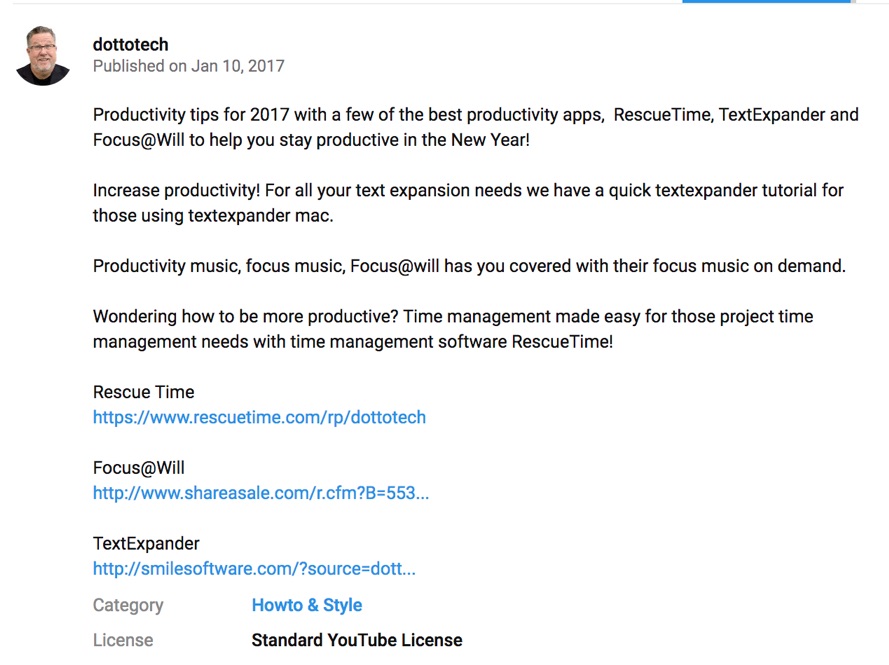
No comments:
Post a Comment